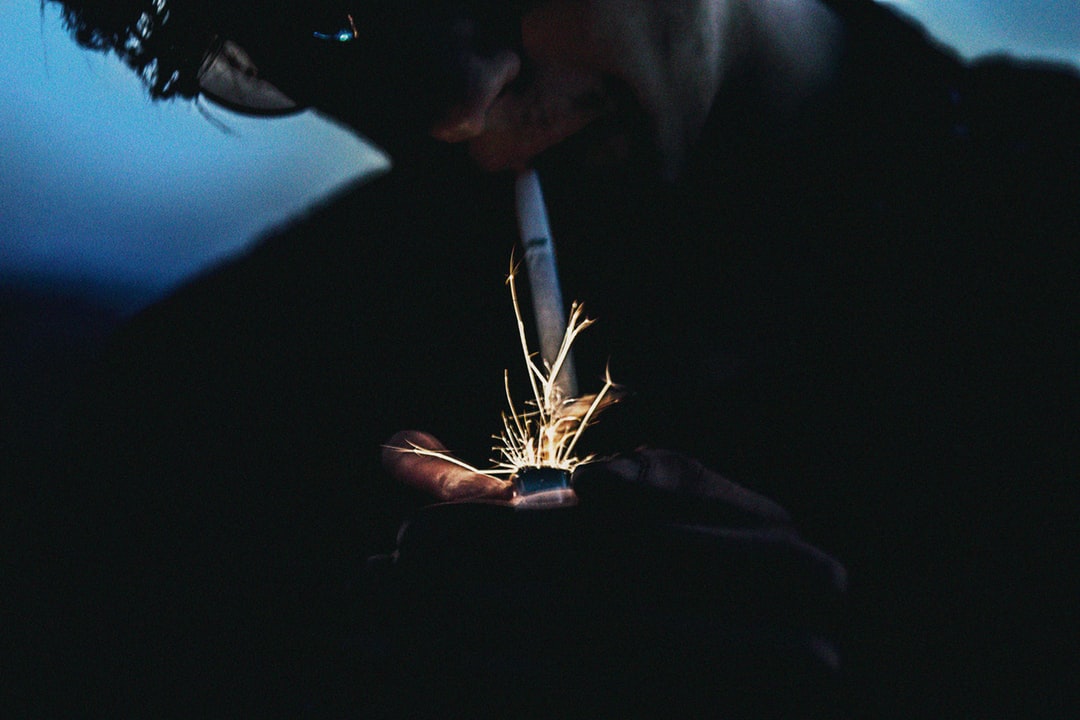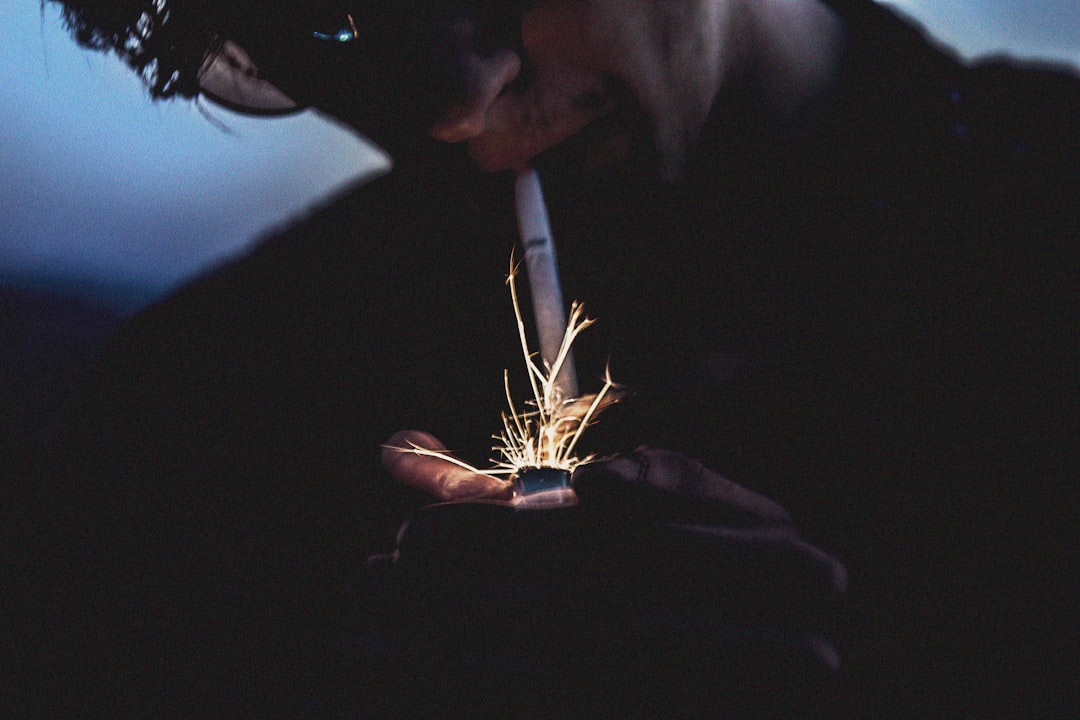What Does Cocaine Addiction Look Like?

WN Lifestyle Home - Health
Photo by Katarzyna Urbanek Originally Posted On: https://scottsdalerecovery.com/what-does-cocaine-addiction-look-like/ Cocaine is a completely habit-forming drug. What starts as seemingly harmless curiosity can become a...

Originally Posted On: https://scottsdalerecovery.com/what-does-cocaine-addiction-look-like/
Cocaine is a completely habit-forming drug. What starts as seemingly harmless curiosity can become a life-threatening dependency with damaging mental, educational, financial, and relational consequences.
Cocaine is a dangerously addictive drug that increases overall alertness, concentration, and energy levels. Some people called this a stimulant and it’s derived from a Coca plant, native to South America.
The illicit use of cocaine in the United States as a controlled substance under Schedule II remains illegal. It is classified as a drug with a high potential for abuse and acute psychological or bodily dependence. The cause of addiction tends to operate on the brain’s dopamine reward pathway.
The straightforward answer in understanding the risk for cocaine addiction is that it is addictive but some people who use it don’t become dependent. The more comprehensive response to its risk is that many factors affect whether a person consuming it develops an addiction.
As stated, cocaine obtains a hazardous substance, partly because of its strong potential for addiction, but also because it presents serious health risks for an individual. The short-term and long-term risks of cocaine vary from addiction to organ failure. It blocks blood vessels and allows blood pressure to elevate.
The nasal cavity and septum may also be extensively damaged due to cocaine snorting. The impact of it is felt suddenly and lasts approximately 30 minutes long in comparison to other substances.
The misuse of cocaine frequently causes immediate adverse effects, but certain people, who abuse it, can stop by themselves. Addiction to it is more complicated.
The use of cocaine is calculated on a spectrum of mild to severe situations. The criteria are based on the negative consequences of the drug in the life of the user from work effects to interpersonal tensions.
Being secretive can be a warning sign of the dilemma of drug abuse, and people addicted to cocaine often try to conceal drug use. When their dependency rises, their lives transform around the substance. Individuals and things that once were important to them will frequently be overlooked.
Persons who use cocaine frequently cannot recognize their addictions and can find signs of family and friends consuming it. You can avoid dealing with it from drug abuse by finding it early. Some of the initial symptoms of drug use can be identified if your loved one is taking narcotics. The foregoing are some of her signs,
- Dilated pupils that the pupils appear nearly completely dark.
- Restlessness, increased alertness, and energy.
- Weight loss
- Insomnia
- Being talkative
- Drastic mood swings
- Increased high blood pressure
- Nasal congestion
It is significant to remember that many indicators of the use of cocaine and other stimulants can occur during bipolar disorder’s manic phase; a psychiatric evaluation may be warranted when such signs or symptoms have been present and the use of substances has been excluded.
Cocaine can be used in many forms, and there are some problems and dangers associated with each use. The effects and indicators of cocaine may be specific depending on the patient’s snorting, injecting, drinking or consuming the substance.
Snorting cocaine may lead to severe nasal disorders. The hands could even be irritated by other substances that dealers added to the drug. Inhalation of the drug can lead to nasal and oral cavity infections. For a long time, the nose will fail if people snort cocaine. Holes may form in the roof of a person’s mouth, and other areas of the face may be harmed.
Cocaine smokers typically involve in a crystal drug identified as crack, but some smoke powdered cocaine and marijuana. Nearly half of people who smoke crack report wheezing, cough or breathlessness. Most crack users will experience chest pain and dark mucus or blood even cough up.
Smoking cocaine may trigger a condition called “crack lung,” which involves chest pain, bleeding cough, short-sighted respiration, vomiting, and a fever. Smoking it may lead to a condition called pneumonia. Smoking cracks are typically present within a day or two. A crack or powder cocaine may also inflict severe lung damage and respiratory arrest.
Cocaine can be enjoyed at a more elevated level if administered in a vein. The chance of poisoning also decreases. Speedball is commonly injected as a combination of cocaine and heroin.
The IV cocaine flags include track marks, bruising and collapsed veins. The risk of contracting IV-related viruses like HIV and hepatitis is also raised by the injection of it.
Many may use the drug by rubbing it on their gums or by combining it with a cocktail. Small toilet paper or cloth can surround powder cocaine and munch it. Sometimes this form of use is known as parachuting or bombing.
Although this can be a pleasant high for some users, cocaine can be unstable, resulting in over-stimulation, deceptive social behavior. The possibility of physical or mental health issues and even accidental mortality can also be affected.
If you suffer from little self-esteem, mental health problems like anxiety, depression or paranoia, or if someone in your family has an opioid use condition or has a history of misuse, an individual is most likely to develop a stimulant use disorder.
Look for help from your psychiatrist or a drug facility if you (or someone you know) are struggling with cocaine addiction. You can help manage signs of your isolation so that your relaxation can be improved and the chance of relapse is reduced.
The most conventional treatments for cocaine addiction are attending counseling and other treatment types. You may have to stay in a rehab (or rehabilitation) facility. Trained therapist sessions can aid you to alter your behavior and thinking processes. Medical detox facilities may support your body to adjust to treatment, but it is likely your pocket will have to pay for them.
Some co-morbidity frequently requires medication for the effective diagnosis of stimulant use disease. Excessive use of drugs frequently represents a coping mechanism to tackle certain life issues. The reality is that after a person stops using cocaine, certain problems continue. As such, it is critically significant to seek help and mental health treatment if you want to quit using it. Effective treatments are accessible, and the doctor will support you find out what is best for you.
Content for Scottsdale Recovery Center and Arizona Addiction Recovery Centers created by Cohn Media, LLC. Passionate and creative writing and broadcasting, covering the following industries: addiction rehab, health care, entertainment, technology and advocate of clear communication, positivity and humanity at its best. www.cohn.media
Talk to Someone Who’s Been There. Talk to Someone Who Can Help. Scottsdale Recovery Center holds the highest accreditation (Joint Commission) and is Arizona’s premier rehab facility since 2007. Call 866.893.6816.
Information contained on this page is provided by an independent third-party content provider. Frankly and this Site make no warranties or representations in connection therewith. If you are affiliated with this page and would like it removed please contact pressreleases@franklymedia.com
 Pathways Drug Rehabilitation Luxury Addiction Treatment & Detox Center
Pathways Drug Rehabilitation Luxury Addiction Treatment & Detox Center


